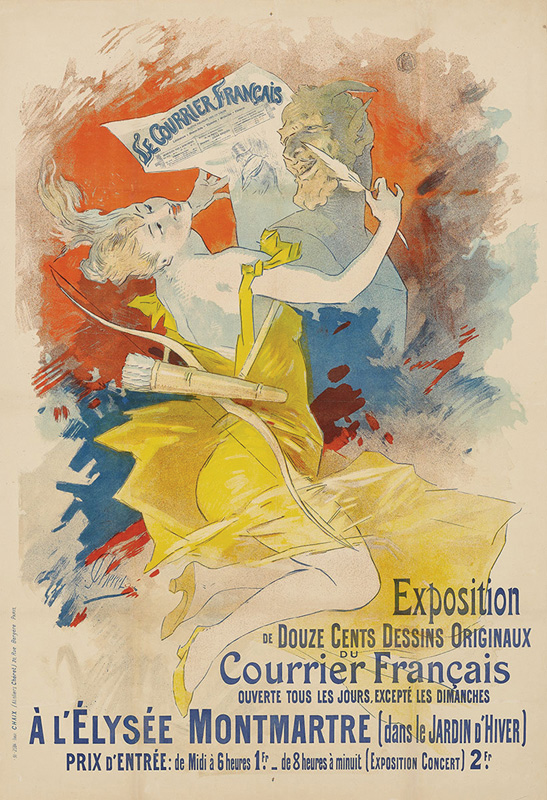
Silk and Jade: Chinese Aristocratic Treasures at the Phoenix Art Museum, to November 17
Whether for ritual or adornment, jade is a stone that enlivens. The same can be said about the luster and drape of silk. Smooth, soft, and glossy; these two materials complement one another perfectly. The particularly fine, aristocratic examples of both – from bowls and vases to clothing and traditional paintings – are arranged in an equally enlivening manner, but not for much longer! phxart.org
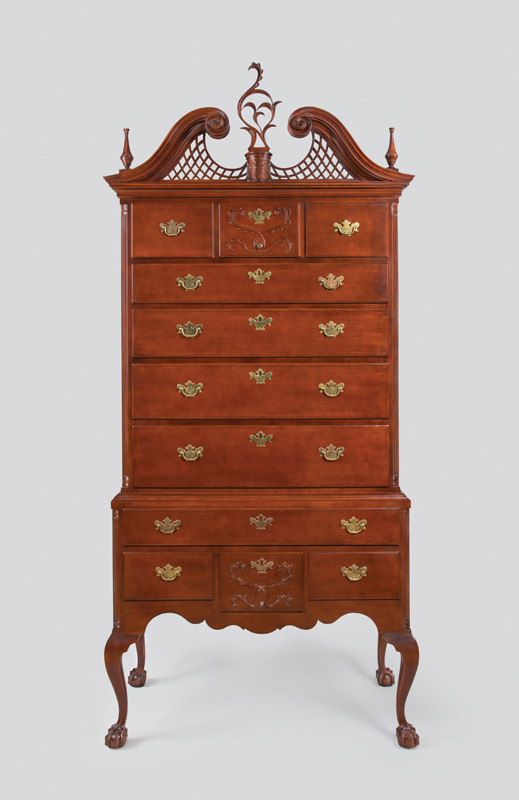
The Mathematics of Elegance: An Icon of Early Connecticut Furniture at the Wadsworth Atheneum Museum of Art, November 20 to January 12, 2020
Sometime around 1775, the Connecticut cabinetmaker Eliphalet Chapin crafted a high chest pleasing to the eye and mind. Not one element is half-considered. Even the pediment, which has a fantastic flourish, was created through a series of careful compass measurements; proving that the analytical and rational mind is no less capable of splendid artistry. (Not that we ever had any doubt.) thewadsworth.org
Painting the Classics: Japanese Screens at the Freer|Sackler, to November 17
Screens, ubiquitous features of Japanese domestic life, became the perfect canvases for early modern artists to reimagine classical Japanese narratives and poetry. The three exhibitions comprising Painting the Classics offer visitors the opportunity to explore these “old-is-new-again” Momoyama and Edo period productions. freersackler.si.edu
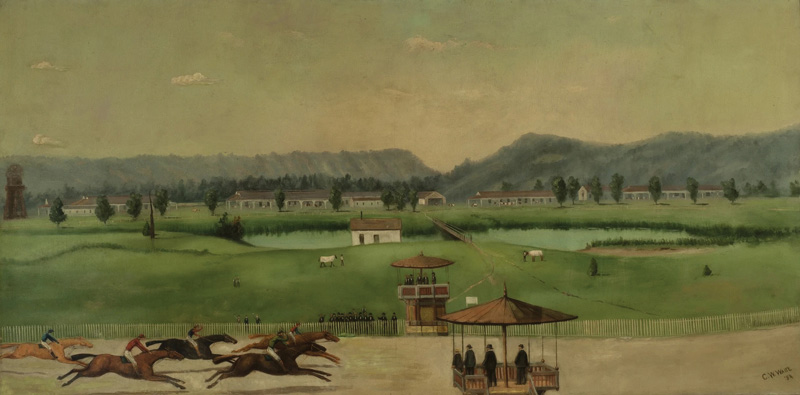
Tales from the Turf: The Kentucky Horse, 1825–1950 at the Speed Art Museum, November 15 to March 21, 2020
There are few subjects with more enduring appeal than the horse. Our equine favorites are captured at the Speed in paintings, sculpture, photographs, drawings, prints, and manuscripts devoted to the Bluegrass state. Viewers are invited not only to consider the images as records of an agricultural and aristocratic pastime, but a link to the history, mythology, and spirit of Kentucky. speedmuseum.org
Travels on Paper at the Clark Art Institute, November 16 to February 9, 2020
Long before the days of jet travel and Instagram, the way most people saw the world outside their own was through the scenic views and landscapes painted by artists as they journeyed around the globe. The Clark’s exhibition features 43 inspiring and exotic renderings from artists that include Camille Corot, Robert Macpherson, Alexandre-Gabriel Decamps, John La Farge, Thomas Moran, and Félix Teynard. clarkart.edu
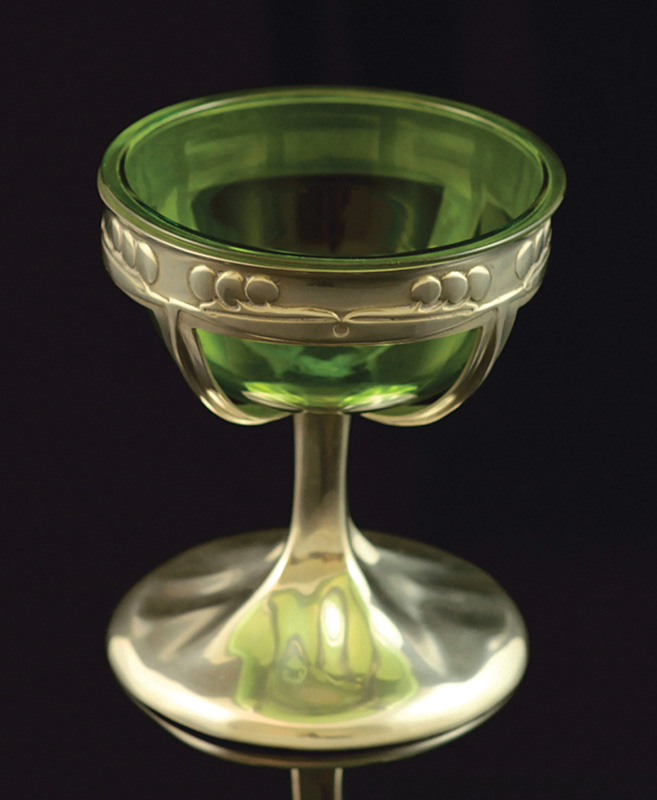
Useful and Beautiful: Decorative Arts Highlights at the Flint Institute of Arts, November 16 to July 26, 2020
Only in Western culture is a distinction made between the “fine arts”—usually taken to mean paintings and sculpture—and “decorative arts” such as ceramics and glassmaking. The latter usually carries less esteem, but not at the Flint Institute. On view are vases, teapots, dinnerware, candlesticks, musical instruments, and more, from across stylistic periods and the spectrum of materials from earthenware and metal to glass and wood. flintarts.org
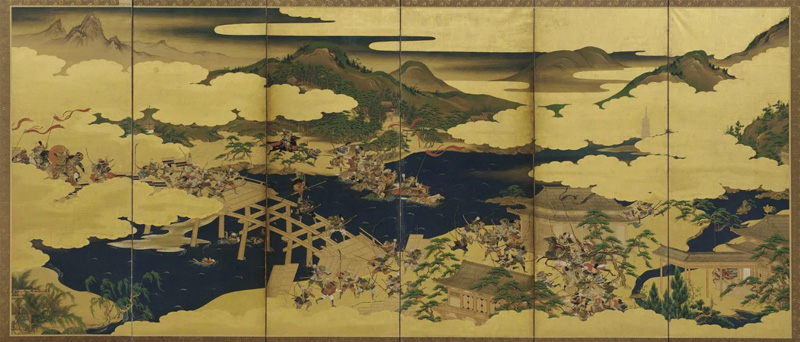
Decorative Arms: Treasures from the Robert M. Lee Collection at the Nevada Museum of Art, November 16 to February 16, 2020
An engineer, explorer, and wildlife conservationist, Robert Morton Lee was also a renowned collector historic weaponry. On display are some 100 works dating to the 1500s including suits of armor, antique firearms, swords, and modern weapons. Of particular note are those arms that manifest a blend of artistic vision and the collaboration among all artisans involved in their making: goldsmiths, silversmiths, and engravers. nevadaart.org
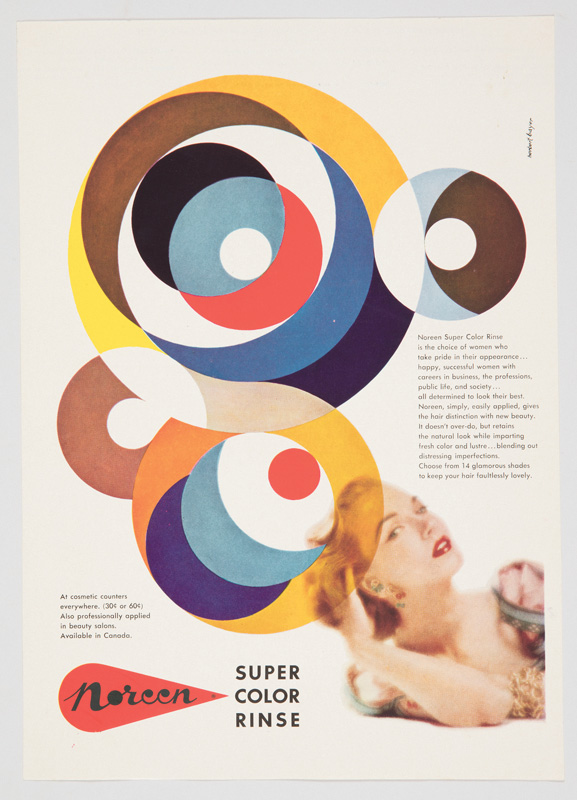
Herbert Bayer: Bauhaus Master at the Cooper Hewitt, Smithsonian Design Museum, opens November 16
Much of the way we communicate visually today—though image, symbol, and type—is due to Herbert Bayer. The Austrian-born polymath was both a student and a teacher at the Bauhaus, and worked in fields that included photography, painting and sculpture. But Bayer is best-known for his graphic design and typography—the focus of the Cooper-Hewitt exhibition. On view will be Bayer’s celebrated infographics, book designs, advertisements, posters, magazine layouts, and other ephemera. cooperhewitt.org
Mamluk Revival Metalwork from The Touma Collection Presented by Community Trust Bank at the Huntington Museum of Art, November 16 to February 9, 2020
In the course its existence from roughly 1250 to 1517, artisans of the Mamluk realm of the Middle East produced a stunning array of visual and decorative artworks. Their metalwork—chiefly brass engraved and inlaid with gold, copper, and silver—was particularly remarkable and enjoyed a vogue among nineteenth-century collectors. Renewed interest prompted modern reproductions of great artistic merit in their own right. The Mamluk Revival works on view represent a dialogue between medieval and modern craftsmen. hmoa.org
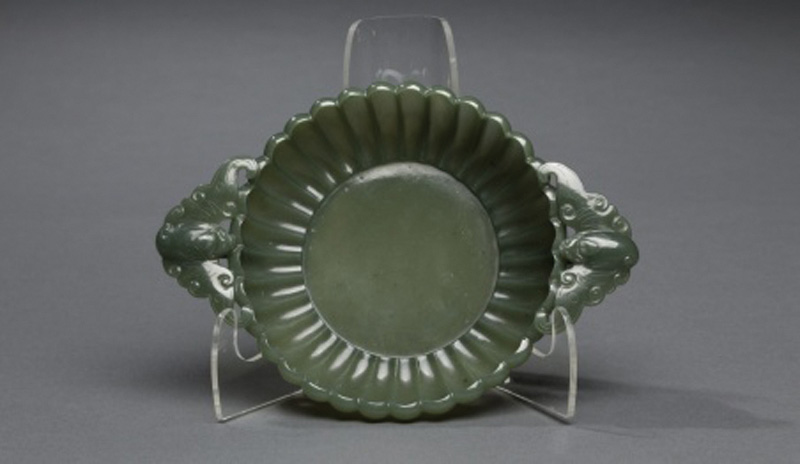
A Modern Vision: European Masterworks from the Phillips Collection at the Milwaukee Art Museum, November 15 to March 22, 2020
“Masterworks” is no exaggeration; this exhibition features 50 works from such artists as Edouard Manet, Gustave Caillebotte, Claude Monet, Berthe Morisot, Vincent van Gogh, Paul Cézanne, Edgar Degas, Pierre Bonnard, Wassily Kandinsky, Amedeo Modigliani, and Pablo Picasso. The collection is a uniquely curated blend of what collector Duncan Phillips considered “congenial spirits” from across time and place. Consider the show an artistic salon, of sorts. mam.org
Petite Posters: Jules Chéret and Le Courrier français at the Milwaukee Art Museum, to November 17
The father of the poster advertisement, Jules Chéret, is celebrated in this tidy exhibition of some 20 works. Particular attention is paid to Chéret’s relationship with Le Courrier français, the weekly journal that published and promoted his poster designs andfor whom he in turn designed advertisements that are works of art. mam.org
